What the BJP did for the Ram Mandir being built in Ayodhya is not hidden from anyone, but does the Congress also have any role in the construction of Ram Mandir in Ayodhya? Did the Congress have any role in opening the lock on the Babri Masjid birthplace on 23 December 1949? Was that lock opened because of Prime Minister Rajiv Gandhi or was there any court order behind opening the lock, which the government was compulsive to follow?
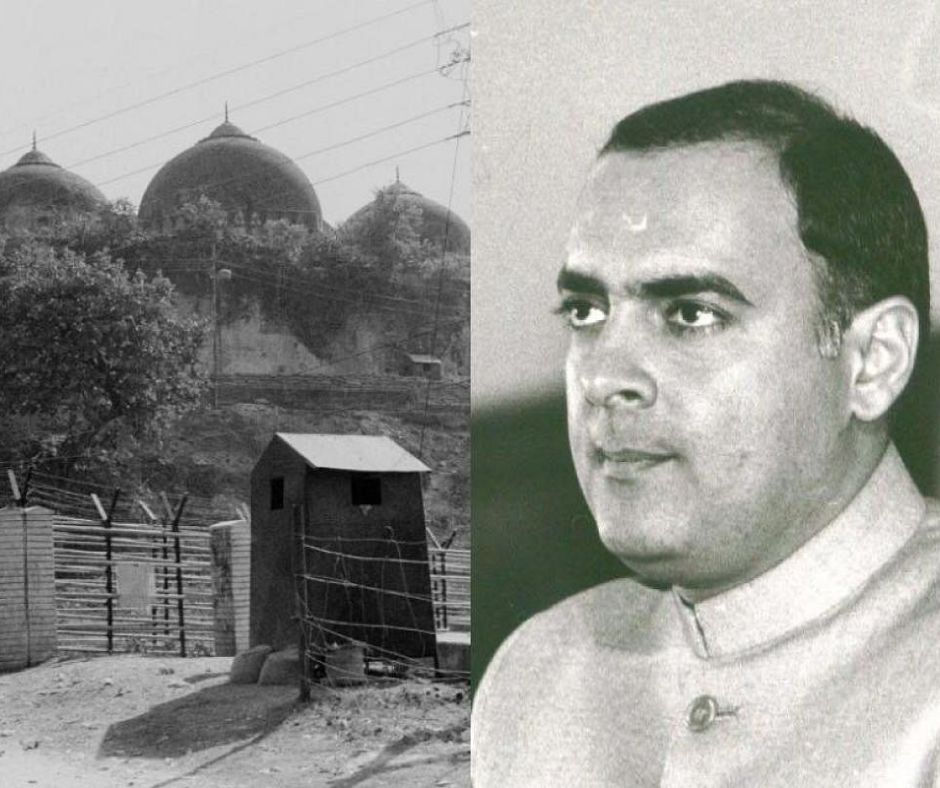
Table of Contents
The mosque was locked in 1949
When the idol of Ram Lalla was placed under the dome of Babri Masjid, the mosque was locked on 23 December 1949. Prime Minister Pandit Nehru and Chief Minister Govind Ballabh Pant tried to take the idol out of the mosque and place it again on the Ram Chabutra, but then the DM of Faizabad, KK Nair, refused to obey the order citing security arrangements and the state government was forced to lock the mosque.
Babri Masjid stopped from being used
After this, the matter reached the court and on 29 December 1949, the Additional Magistrate of Faizabad Court issued an order under Section 145 of the CRPC, 1898 and placed the entire place in the receivership of the Chairman of the Municipal Board. That is, now the state government had to guard the premises and the government lock had been put on the premises, due to which the Babri Masjid was stopped as a mosque.
Dharma Sansad in Udupi, Karnataka
This led to a flood of petitions in the Faizabad civil judge’s court. The Hindu side said that they should be allowed to worship and the lock should be opened. The Muslim side said that the lock should be opened so that they can use the mosque. The case passed through the doors of the court and reached 1985. Then a Dharam Sansad was held in Udupi, Karnataka between 31 October and 1 November 1985. It was decided that if the lock was not opened, the saints would start a fast from March 9, 1986. Not only this, Mahant Paramhans Ramchandra Das even threatened to immolate himself.
Rajiv Gandhi was on target of Hindus
At that time, Rajiv Gandhi was the target of Hindus for overturning the Supreme Court’s decision on the Shah Bano case and enacting a law in Parliament. Many Congress leaders, including Arun Nehru and Makhanlal Fotedar, advised him to open the lock of the Ram Mandir, then the Hindus who are angry with the Congress due to the Shah Bano episode would be happy.
petition to open the lock
Rajiv Gandhi agreed to this. Meanwhile, Umesh Chandra, a lawyer from Faizabad, filed a petition to open the lock in the lower court on 28 January 1986, but the trial court judge said that the papers related to the case were in the High Court, without which the decision could not be taken. Saying this, the court immediately dismissed the petition. Umesh Chandra filed a petition against this decision in the court of Faizabad District Judge KM Pandey on January 31, 1986.
It was at that time when Bir Bahadur Singh was the Chief Minister of Uttar Pradesh and Rajiv Gandhi (Congress) was in power at the Centre. During his rule, the doors of the Mandir which had been closed for years were opened. Rajiv Gandhi, in coordination with Bir Bahadur Singh, opened the locks of the Mandir after which the foundation stone was laid in Ayodhya on November 9, 1989. It is not that everything happened suddenly, but it all started long ago. In 1985, the telecast of Ramayana was started on Doordarshan at the behest of the then Prime Minister Rajiv Gandhi. The Ram Mandir movement got strength from the same broadcast of Ramayana.
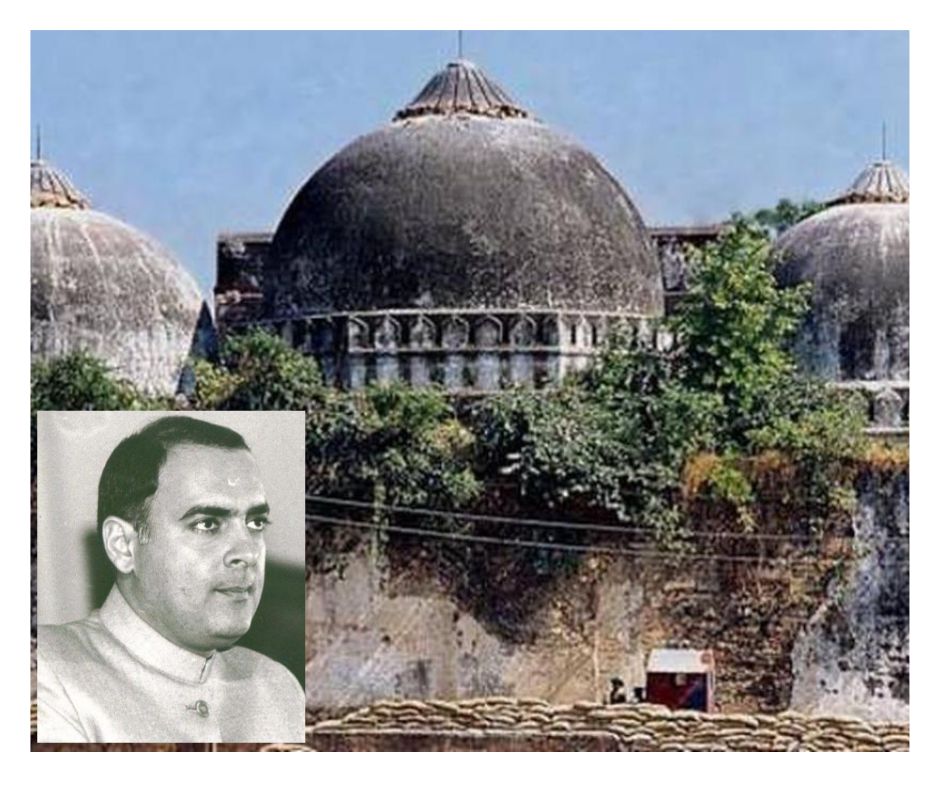
Then Prime Minister Rajiv Gandhi sent a message to Veer Bahadur Singh. Veer Bahadur Singh was the chief minister of Uttar Pradesh at that time. Meanwhile, on the petition of Umesh Chandra, District Judge KM Pandey sought the opinion of the local administration regarding law and order.
Then the then DM of Faizabad Indu Kumar Pandey and SP Karamveer Singh gave an affidavit in the court that there would be no law and order problem due to the opening of the lock and then the next day on February 1, 1986, at 4.40 pm, Judge KM Pandey pronounced his verdict.
Crowd before the lock opened
He ordered that the lock be opened within an hour. Before the police administration could execute the court order, waiting for the government official who had the key to that lock, thousands of people reached the disputed site and someone opened the lock.
Relationship opened after 37 years
Now since the order was of the court, then the administration did not even try to find out who opened the lock, but the lock was opened which had been closed for almost 37 years. However, there is another story of the opening of the lock, which Wajahat Habibullah, an IAS officer who was Rajiv Gandhi’s junior in Doon School and joint secretary of the PMO during Rajiv Gandhi’s prime ministership. He says that when the lock of the Babri Masjid in Ayodhya was opened on 1 February 1986, Rajiv Gandhi had no information about it.
The decision to open the lock was taken by Arun Nehru, Minister of State for Home Affairs in Rajiv Gandhi’s cabinet and Chief Minister Veer Bahadur Singh, due to which the tension between Rajiv Gandhi and Arun Nehru increased so much that Arun Nehru also lost the ministry.
The then cabinet minister Arun Nehru had told in an interview that we gave Shah Bano to Muslims and the Ram Mandir to Hindus. In 1989, Rajiv Gandhi started election rallies from Ayodhya to break his image of Muslim-appeasement.
The Congress in an attempt to take credit for the construction of Ram Mandir
Who built the Ram Mandir in Ayodhya? When these questions started arising in the election, there was a competition to take credit. The Congress has also started turning the pages of history in an attempt to take credit for the construction of the Ram Mandir. In an interview, Kamal Nath, the Congress leader in Madhya Pradesh, said, “We should not forget history. Rajiv Gandhi opened the lock of Ram Mandir for the first time.”
He also said that the Ram Mandir does not belong to one party and one person. It belongs to every citizen of India. No one’s house has spent money to build the Ram Mandir. It is made with government money. Kamal Nath’s statement is going to heat politics during the Madhya Pradesh assembly elections.
Kamal Nath wants credit for Ram Mandir, what will happen in 45 Muslim-dominated seats?
On January 22, Ramlala is to be consecrated in the grand Ram Mandir of Ayodhya. Prime Minister Narendra Modi is the main host of this event. As the BJP had expected that before the Lok Sabha elections, the Ram Mandir would be discussed in the assembly, it has started happening. After this statement of Kamal Nath, ‘Ram’ has entered the assembly elections. Now the BJP will also openly run the election horse on the chariot of Ram Mandir. Posters have already been put up about Ram Mandir in Madhya Pradesh.
According to the 2011 census, Muslims constitute 7 per cent of Madhya Pradesh’ s population, which has gone up to 10 per cent. It is believed that Muslim voters are dominant in 45 seats and in 22 seats they directly decide the victory or defeat. After Kamal Nath’s appeal, 90 percent of Muslims voted for the Congress in 2018. As a result, the Congress managed to win 114 seats. The way Kamal Nath has scratched the wound of the Babri Masjid to take credit for the Ram Mandir, perhaps it will not go down well with Muslims.

Babri Masjid locks open, but Muslims kept moving away from Congress
In 1986, the Congress did not openly take credit for the decision to open the Ram Mandir, but the party became a victim of criticism. By 1989, the Congress government was surrounded by the issue of Bofors brokerage. Since then, the vote share and seats of the Congress started decreasing continuously. The Congress government was defeated in 1989. Muslim voters also splintered with the Congress and went to the Janata Dal and regional parties. Congress lost elections in many states including Madhya Pradesh, UP, Rajasthan, and Bihar.
The issue of Ram Mandir was seized by the BJP. LK Advani took out a Ram Rath Yatra from Ayodhya to Somnath and linked the issue of Ram Mandir to nationalism. BJP leaders openly spoke in support of the Ram Mandir for two decades. During this period, the Congress stayed away from the Ram Mandir issue. Other parties, including the Congress, mobilised Muslim voters through secularism and secularism. Now Kamal Nath has tried to link the Ram Mandir to the Congress through Rajiv Gandhi.
Rajiv Gandhi wanted a grand Ram Mandir to be built in Ayodhya : Digvijaya Singh
Senior Congress leader Digvijaya Singh on Saturday said former Prime Minister Rajiv Gandhi wanted a grand Mandir to be built at Ram Janmabhoomi in Ayodhya and ‘Ram Lalla‘ to sit there. Digvijay Singh has said this through a tweet. Digvijay said this just before Bhoomi Pujan for Ram Mandir in Ayodhya.
” The centre of our faith is Lord Ram! And today the whole country is also running with Ram Bharos. That is why we all wish that a grand Mandir should be built at the birthplace of Ram in Ayodhya as soon as possible and Ram Lalla sits there. Self. Rajiv Gandhiji also wanted the same. ‘
Congress forgot Ram after PV Narasimha Rao
If Rajiv Gandhi did not agree, then the district judge’s decision would have been appealed in the upper court, but no one challenged the decision of the district judge and the lock that opened remained open. After Rajiv Gandhi, PV Narasimha Rao also continued all efforts to build the Ram Janmabhoomi Mandir. It was his government at the Centre when the Babri Masjid was demolished on December 6, 1992.
However, a month later, in January 1993, the Rao government brought an ordinance to acquire the disputed land. The ordinance got assent on January 7, 1993, by the then President Shankar Dayal Sharma. After the approval of the President, the then Home Minister SB Chavan placed this bill in the Lok Sabha for approval. After being passed, it came to be known as the Ayodhya Act.
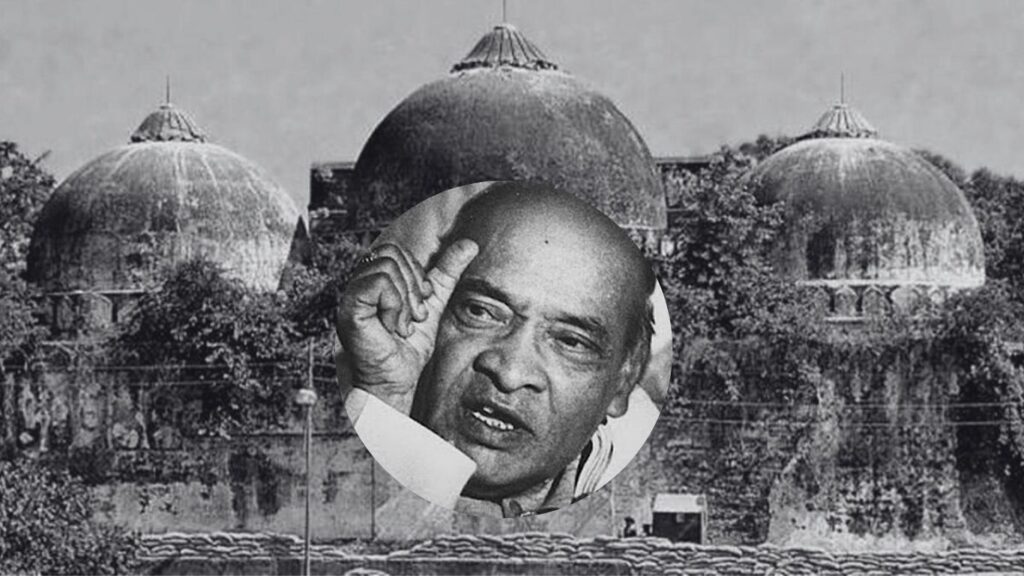
The Narasimha Rao government took possession of 60.70 acres of land around it along with 2.77 acres of disputed land. The plan at that, it was to build a Ram Mandir, Mosque, Library, Museum and other facilities in Ayodhya.
After the exit of the Rao government, under the pressure of vote bank politics, the Congress stopped discussing the Ram Mandir issue. But the BJP did not want to let its hard work go in vain and hence kept agitating from time to time to keep the issue alive. The Congress gradually started questioning the existence of Ram, Ramayana and Ram Rajya.
In 2009, the UPA government questioned the existence of Lord Shri Ram in an affidavit in the Supreme Court. This hurt the sentiments of millions of Hindus. The Congress also had to bear the brunt of this. After this, it was as if Congress leaders stopped speaking on the issue of Ram Mandir. Whoever mentioned Ram’s name, Congress leaders started calling him a Sanghi, communal and RSS agent and this led to the defeat of the Congress in Uttar Pradesh in 1989 and after that it went on losing.
This story does not embrace what happened during the opening of the lock on February 1, 1986. Because at that time only Doordarshan used to be a news channel and there was no office of Doordarshan in Faizabad. However, within an hour of the lock, Doordarshan broadcast the incident live, which in itself is enough to prove that without the consent of the government, Doordarshan could not have done such coverage.
At Last From aAditri digital
In the complex and contentious narrative surrounding the construction of the Ram Mandir in Ayodhya, the role of the Congress Party emerges as a nuanced and multifaceted one. The locking of the Babri Masjid in 1949 set the stage for decades of legal battles and social tensions, culminating in the unlocking of the disputed site in 1986.
Rajiv Gandhi’s government, responding to political pressures and seeking to assuage Hindu sentiments, played a pivotal role in the decision to open the locks. This move, strategized by figures like Arun Nehru and Chief Minister Veer Bahadur Singh, was driven by electoral considerations and the aftermath of the Shah Bano case.
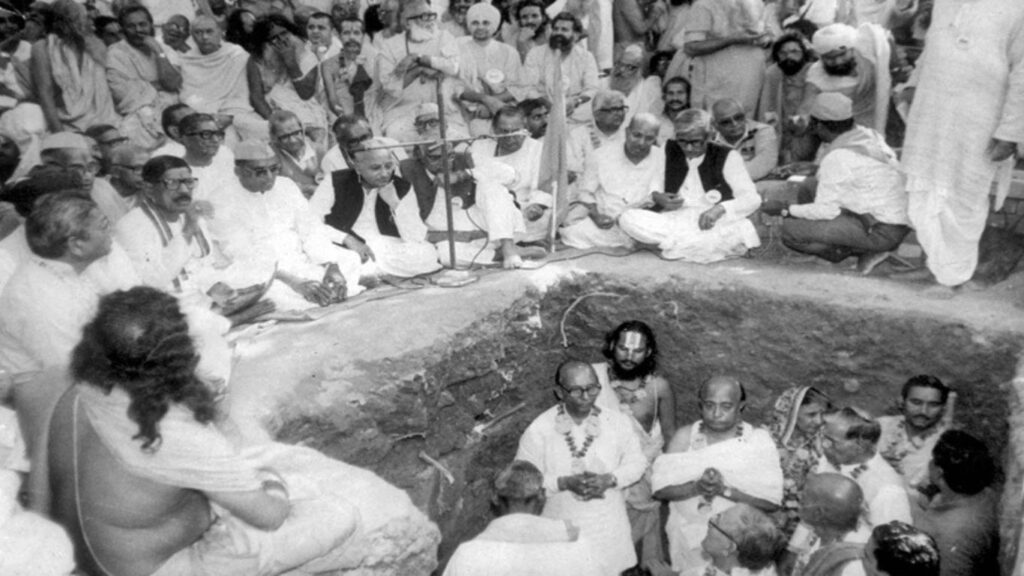
However, the Congress faced severe criticism and a loss of Muslim support, with subsequent events leading to the party’s diminishing influence. The Ram Mandir issue eventually became a rallying point for the BJP, and the Congress distanced itself from the matter under subsequent leadership.
In the contemporary political landscape, attempts by Congress leaders like Kamal Nath to claim credit for the Ram Mandir’s construction reflect a strategic shift. However, the party’s past disconnect with the issue, exemplified by the 2009 affidavit questioning Lord Ram’s existence, remains a challenge in winning back support.
As India witnesses the consecration of the grand Ram Mandir, the Congress finds itself entangled in a delicate dance of historical interpretation and contemporary politics, trying to reconcile its past actions with the evolving narrative of the Ayodhya saga.
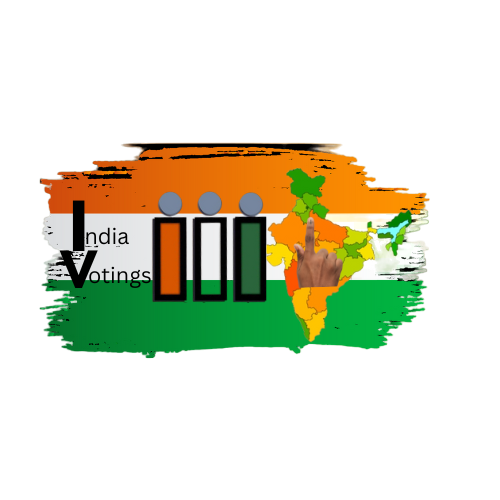
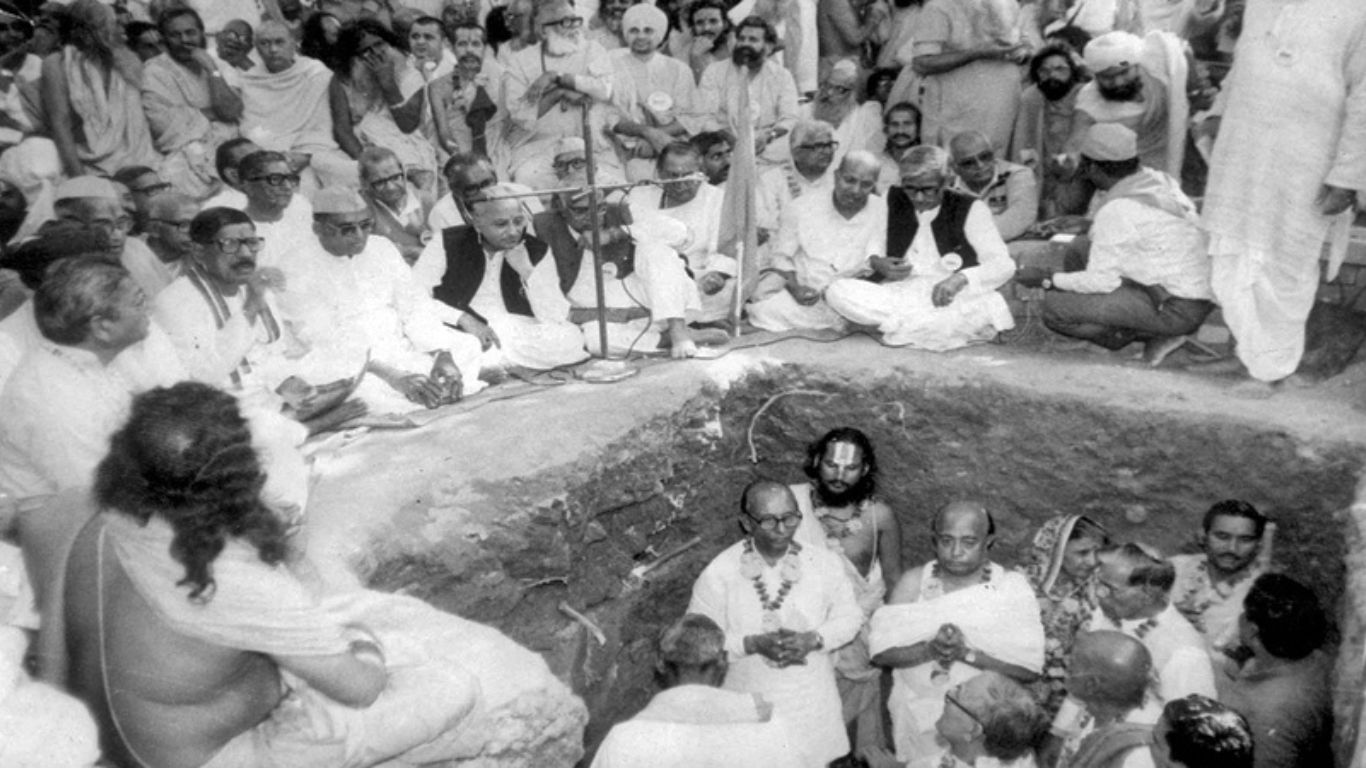



Leave a Reply